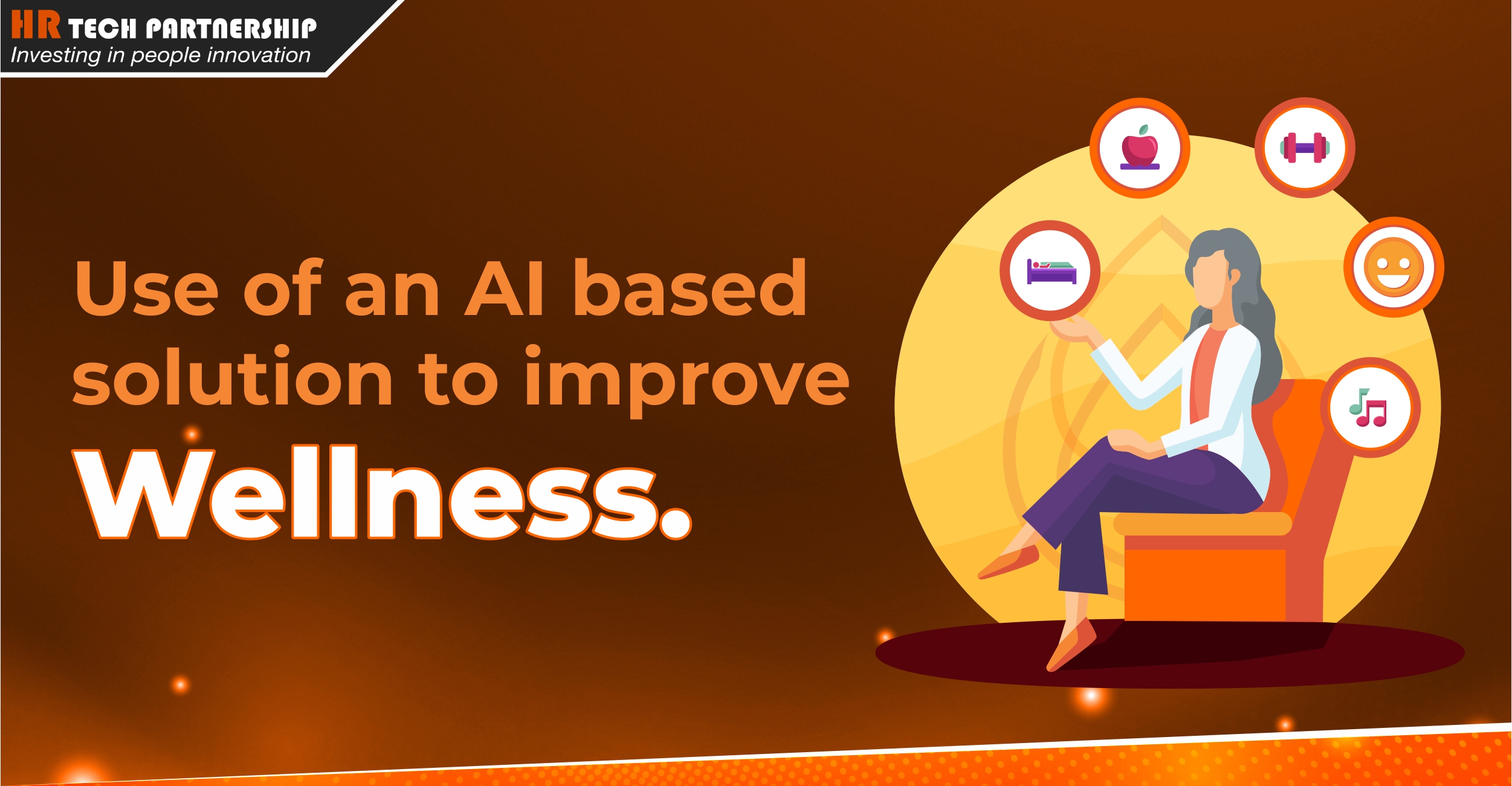Background
A large corporate had embarked on a planned Wellness program over the last two years. It included an enhanced suite of offerings at their office premises around exercise, mindfulness, and some level of flexible working. However, the coronavirus pandemic made this a burning issue for their senior leadership. A sudden move to remote working (which made office-based facilities redundant) along with an increased level of mental stress in the workforce needed a different focus on this area.
Challenge
The business leadership team had several challenges they faced and were not sure which ones could be fulfilled through the use of an AI/digital solution:
- Given that employees were working in bedrooms/kitchens/makeshift offices at home how could they ensure health & safety requirements were maintained and discomfort eliminated?
- Could they offer a wider range of options on a virtual platform?
- Given remote working, how could managers support mental wellness and how could the organisation predict support on a proactive basis?
- Could there be a flexible range of support benefits to working parents –nanny care, support for ageing parents in a cost-effective manner?
- Given the upcoming economic uncertainty, could they offer financial wellness solutions to employees to reduce stress?
- Was there a platform on which they could consolidate all their existing services?
The leadership team was genuinely keen on supporting their employees but there was limited understanding about AI-based solutions in the wellness space.
Four-month programme
The Hub team had a discussion with the HRD and was able to give an overview of the solutions for the various challenges highlighted above. The HRD decided to concentrate on physical wellness as it was an immediate priority, particularly given the permanent nature of remote working that was emerging.
As a next step, the Hub presented a demo to the HR team of two solutions that:
a) Helped employees prevent and self-manage muscle, joint, and spine pain (due to lack of a proper workspace)
b) Presented a platform where they could upload all their existing service offerings (yoga, gym, etc), track their usage and cost utilization as well as add on newer offerings- thereby ensuring their wellness budget was used effectively and enable them to offer a wider range of services catering to personalised needs
The HRD went ahead with the physio solution and the Hub was able to negotiate a free pilot for the programme.
Over the four months of the programme, the Hub assisted the HR team in:
- Facilitating the broader discussion and selection of the right solution.
- Handholding around the pilot (for 50 employees) and tracking progress.
- Educating the HR team on the various areas that Artificial Intelligence and Digital solutions were making an impact.
- The use of predictive data from the solution – including the risks that needed to be managed.
- The advantage of ‘personalisation’ that was offered by AI & digital solutions.
- Exposure to start-ups being used by other corporates participating in the Hub.
Outcome
At the end of the programme, the HR team felt far more confident about the solution and decided on a purchase/broader roll-out across the organisation. They also had a much better understanding of the following:
- How does machine learning work?
- How can digital solutions create employee personalisation and enhance engagement?
- What are some of the risks to be managed?
- How is the ease and effectiveness of AI solutions different to traditional IT systems?
- What is the availability of solutions in other areas of talent and people issues?

